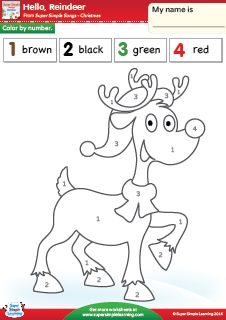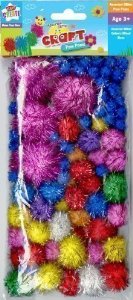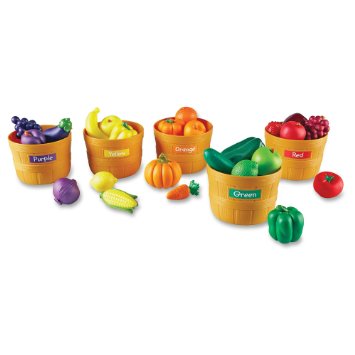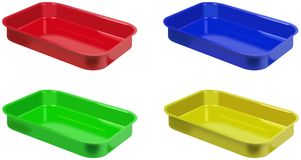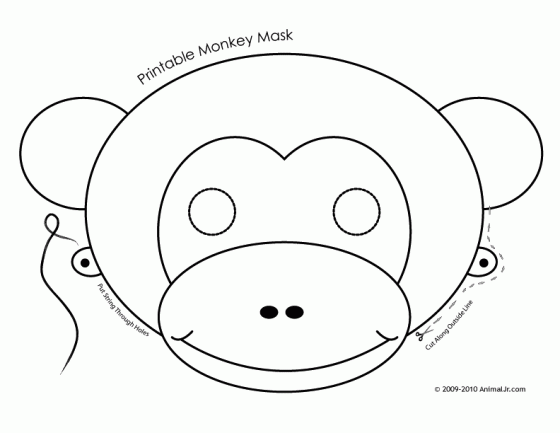Hickory Dickory Dock can be very boring… and repetitive… and put your very young learners to sleep.
Or, you can do an awesome 10-15 minute activity that helps your kids practice animals and numbers!

You will need:
- an audio method (tablet is best, but a USB and cassette player will work just as well)
- song or video of Hickory Dickory Dock
- a big box
- a big clock
- animals
Let’s talk a bit about where to get the materials.
1 Hickory Dickory Dock
I love Super Simple Learning’s version of Hickory Dickory Dock. You can see it here on YouTube. (Check out their learning resources for your older students!) The elephant is so adorable, and kids always laugh when he breaks the clock!
2 A big box
You’ll need a big box to hold all of your activity materials. It’s way more fun when you can knock on the box and count before opening it than just bringing your materials in a bag. A box like the one pictured will hold all of your materials for your whole class and is available at IKEA. We buy 2 at a time, just in case they get broken by rowdy students!

3 A big clock and animals
You can use a big clock and animals to re-enact Hickory Dickory Dock. If you will be teaching time, you can invest in a big clock (like this one on Amazon), or you can simply print off a picture of a clock.

For animals, you can either bring stuffed animals and animal puppets that you might have from other activities (which is lots of fun for students!), or you can print off some cute pictures of animals and laminate them.
Now let’s play!
Begin by playing the song and asking students follow-up questions during and after the song (what animal is that?, what time is it?, etc.).
Then have them knock on the big box and ask to open it (“Open, please!”). Pull out the clock and the first animal – pictures or real objects. Ask the students what the animal is, and give it to the first student who says it correctly. Repeat until all the animals are given out.
Now repeat the song, letting students re-enact the movements of the animal (going up and down the clock). Encourage them to repeat the animals and the numbers, as well as to count with the song.
When it’s the elephant’s turn, you can let the clock fall down or, if it’s a paper clock, crush it up. The students will have a big laugh.
Be sure to review the animals by saying “bye bye” to each one individually before putting it back in the box.
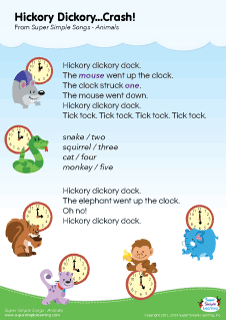
From Super Simple Learning
(If you use the Super Simple Learning version of this song, you can find all of the animals in their animal flashcards! Great!)
A note about our objects:
We use a large teacher’s clock and stuffed animals.
The mouse and elephant both come from IKEA:

 The cat and monkey are hand puppets from a set ordered on Amazon:
The cat and monkey are hand puppets from a set ordered on Amazon:
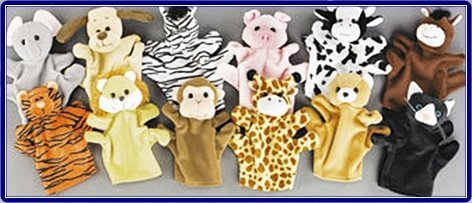
The snake was bought at a local store but is available to order online:

And the squirrel was purchased on holiday in the US, but can be found in lots of shops (we even recently found one that was a dog toy that would work perfectly!):



